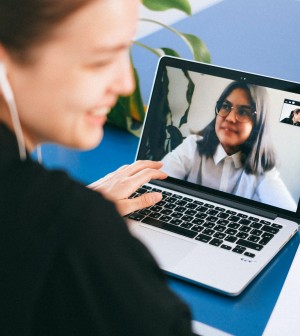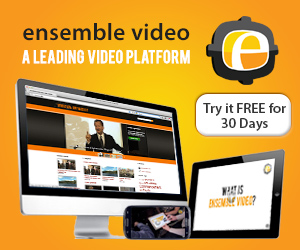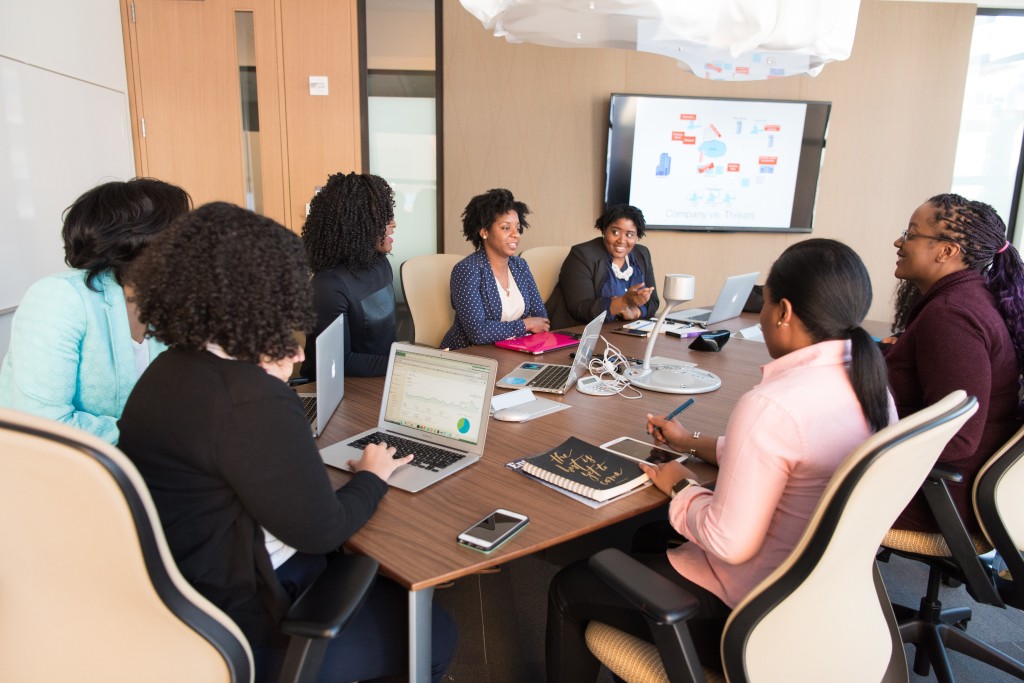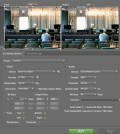Hybrid Classes: The New Normal for Higher Ed Educators & Students

Thanks to COVID, many college students and educators who had previously only participated in traditional in-person courses leapt into virtual and hybrid classes. Even as schools across the country go more and more “back to normal,” higher education will be forever changed by the pandemic. We believe hybrid classes will be a core component of higher education for the rest of this year — and into the future.
Why hybrid classes will dominate
While in-person learning ties students to their desks and the physical location of the school, and fully remote learning can feel it lacks the connection of being face-to-face, hybrid learning creates the best of both worlds. In addition to accommodating students who are always far from campus, the flexibility of a hybrid model provides opportunities for:
-
students who are juggling schooling with work and/or family obligations
-
students who can travel to campus for presentations or workshops, but live too far to come to every class session
-
visiting professors or guest lecturers to be incorporated into class in entirely new ways
This flexibility makes hybrid learning the best model for higher education in the modern world. A new Deloitte study suggests that this move to hybrid classes could also further innovation: “A once-in-a-generation opportunity could exist for institutions to harness their new investments (and learning) in digital technology to enhance the student experience and the shift to some remote work.”
Building engagement on a hybrid campus
While the Deloitte study notes that the majority of students surveyed early in the pandemic felt less engaged in their online classes than they had in person, it suggests a number of ways that hybrid learning environments can harness digital technologies to increase engagement. These include:
-
Creating virtual advising and career services offerings
-
Building virtual communities to connect students outside of class
-
Expanding campus wellness programs to the digital space through online counseling and telemedicine
-
Incorporating alumni into the school community through digital platforms
Overall, opportunities for digital engagement in higher education have come a long way from simple message boards and streamed lectures. Tools like Ensemble Video can facilitate student video assignments created and submitted entirely on mobile devices, video comprehension quizzes and more.
Creating flexibility for educators, too
We often talk about the role of video learning technologies on student engagement, satisfaction and success, but these tools’ impact on educators is equally important. And, despite the frustrations many educators have experienced with adopting these tools during a pandemic, making a move to use them in deliberate ways over the long term can actually create all sorts of opportunities for educators.
In hybrid classes, educators have new types of flexibility in how they teach, and the ability to use all sorts of tools that may have been harder to implement in a traditional classroom. For some, hybrid classes involve lecturing to some students in person while others watch online, but the model can also incorporate courses that pair occasional in-person instruction with significant virtual programming.
That gives educators the opportunity to try new things, such as creating engaging video lessons that students can watch at their own pace, and dedicating more time to one-on-one consultations with the students who most need support. Instructors can think outside the box, going beyond “talking head” videos to incorporate filmed demonstrations, animations, virtual field trips and more.
Have you experimented with hybrid instruction? If you’d like to know more about how Ensemble Video could work with your hybrid classroom, request a demo today.









You must be logged in to post a comment Login